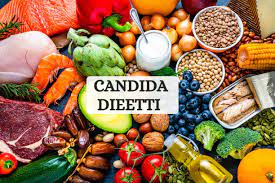The candida dieetti is a dietary approach designed to address and alleviate symptoms associated with Candida overgrowth in the body. Candida is a type of yeast that naturally resides in our digestive system and other mucous membranes. Under normal circumstances, Candida is kept in check by the body’s immune system and a balance of beneficial bacteria in the gut. However, factors such as a weakened immune system, prolonged use of antibiotics, excessive sugar consumption, and high-stress levels can disturb this balance, leading to an overgrowth of Candida. Candida can cause various health issues, including digestive problems, skin conditions, fatigue, and recurrent yeast infections. The Candida diet eliminates items that feed Candida yeast and supports healthy bacteria.
What is candida dieetti?
The Candida diet, also known as the Candida cleanse or Candida overgrowth diet, is a diet to reduce Candida albicans, a yeast or fungus that naturally lives in the body. In small amounts, Candida is harmless and exists in the digestive system, skin, and mucous membranes. However, under certain conditions, such as a weakened immune system or an imbalance of gut bacteria, Candida can multiply and lead to various health issues. The Candida diet is designed to starve the Candida yeast by limiting the consumption of foods that promote its growth. Reducing sugar and refined carbohydrates in the diet is believed to help prevent Candida overgrowth, as yeast thrives on these substances.
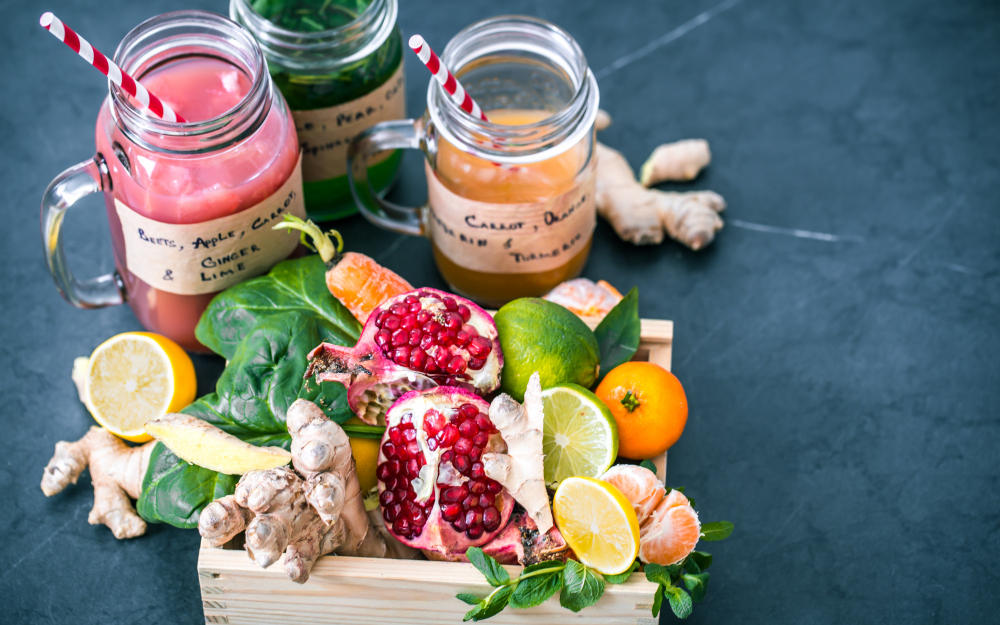
Symptoms of Candida Overgrowth
Candida overgrowth can manifest in many symptoms, making it challenging to diagnose. Some common symptoms include:
- Recurring yeast infections
- Fatigue and lethargy
- Digestive issues such as bloating and gas
- Brain fog and difficulty concentrating
- Skin issues like rashes and eczema
- Joint pain and muscle aches
The Candida Diet: Getting Started
Before starting the Candida diet, see a doctor if you suspect Candida overgrowth. They can help confirm the diagnosis and guide you in tailoring the diet to your needs.
Foods to Include in a candida dieetti
A candida dieetti should focus on foods that discourage the growth of Candida and support gut health. Some foods to include are:
- Non-starchy vegetables (e.g., leafy greens, broccoli, cauliflower)
- Lean proteins (e.g., poultry, fish, tofu)
- Healthy fats (e.g., avocados, olive oil, coconut oil)
- Fermented foods (e.g., kimchi, sauerkraut, kefir)
Foods to Avoid on a Candida Diet
To starve Candida and prevent its overgrowth, certain foods should be eliminated from the diet, including:
- Sugary foods and beverages
- Refined carbohydrates (e.g., white bread, pasta)
- Processed foods and snacks
- Alcohol and caffeine
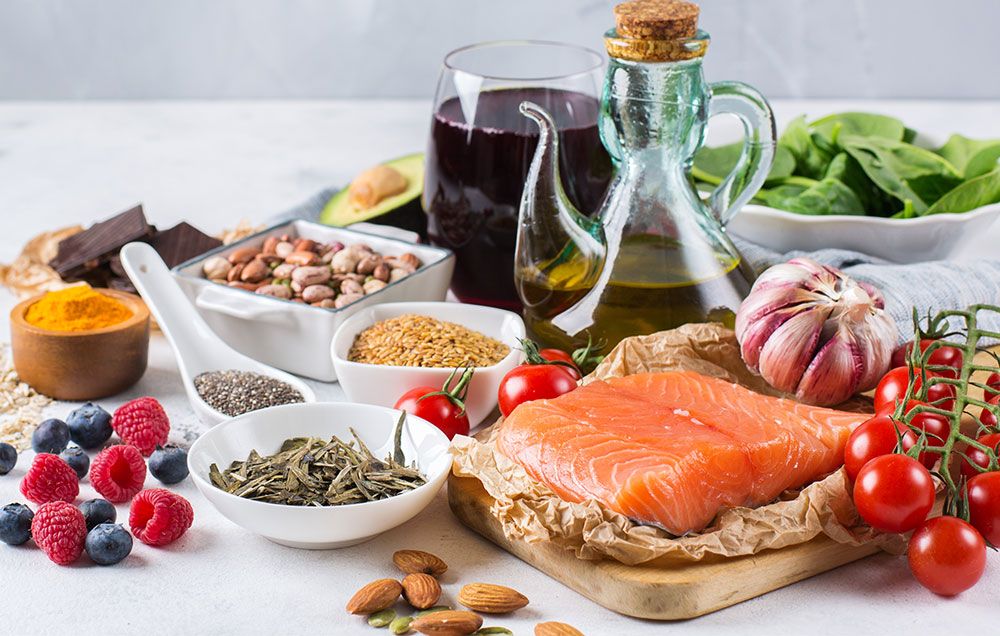
ALSO READ THIS: The Unsettling Encounter: Blue Whale Bitten in Half
Meal Planning and Recipes
Creating a meal plan is crucial to stay on track with the Candida diet. Look for recipes that are Candida-friendly and experiment with new flavors and ingredients. Meal prepping can help you resist temptations and stick to your dietary goals.
Meal Planning Tips
- Focus on lean proteins like fish, chicken, eggs, and legumes. These provide protein without feeding the candida.
- Choose non-starchy vegetables such as leafy greens, broccoli, cauliflower, cucumbers, and zucchini. Limit starchy veggies like potatoes and corn.
- Select gluten-free grains in moderation, such as quinoa, buckwheat, and brown rice. Avoid wheat and other gluten-containing grains.
- Cook and dress with healthy fats like olive, coconut, and avocado. Limit high omega-6 oils like soybean and corn oil.
- Hydrate with water and herbal tea. Limit caffeine and avoid sugary beverages.
Recipe Ideas
- Grilled chicken with steamed broccoli and a quinoa salad
- Vegetable omelet with avocado
- Lentil soup with carrots, celery, and spinach
- Baked salmon with asparagus and sweet potatoes
- Buckwheat porridge with coconut milk, cinnamon, and berries
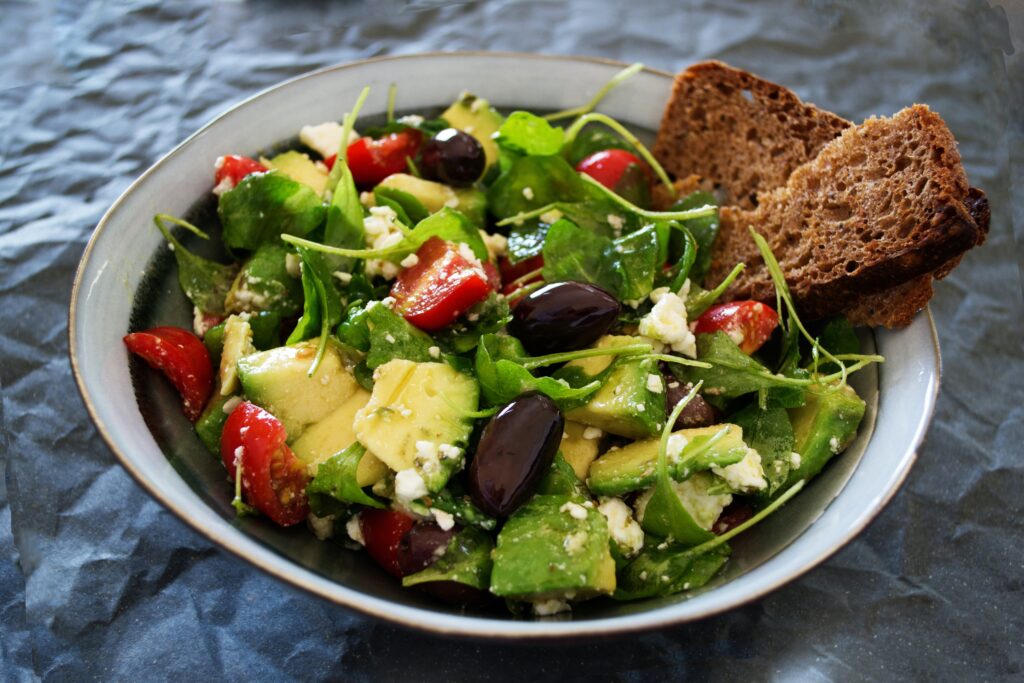
Probiotics and Supplements for Candida
In addition to dietary changes, probiotics, gut flora equilibrium with vitamins. Probiotics introduce good bacteria into the gut, which can help counteract Candida overgrowth.
Managing candida dieetti Challenges
Embarking on the Candida diet may have some challenges, especially during the initial phase. Some people may experience “die-off” symptoms as Candida cells are eliminated. Staying hydrated, getting enough rest, and managing stress are essential during this process.
The Impact of Candida Diet on Health
Beyond addressing Candida overgrowth, the Candida diet may have other positive effects on health.
Candida Diet and Gut Health
A healthy gut flora supports digestion and immunological function. The Candida diet can help improve gut health by promoting the growth of beneficial bacteria.
candida dieetti and Weight Loss
Eliminating sugary and processed foods from the diet can lead to weight loss for some individuals. However, the Candida diet primarily focuses on restoring gut health rather than weight loss.
candida dieetti and Mental Health
Some evidence suggests that the health of the gut may impact mental health. By promoting gut health, the Candida diet could play a role in supporting emotional well-being.

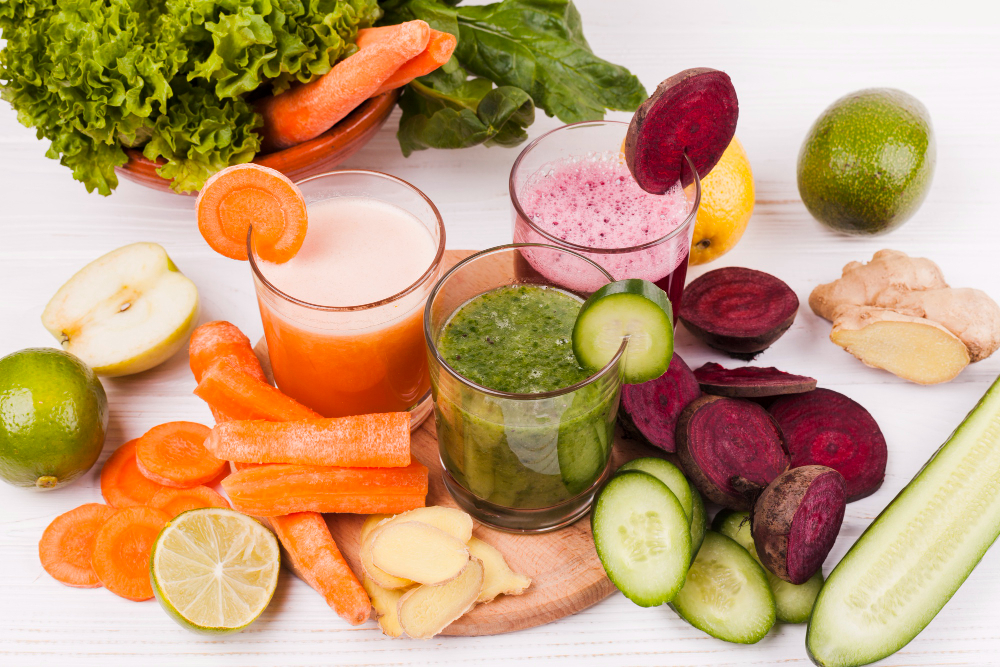
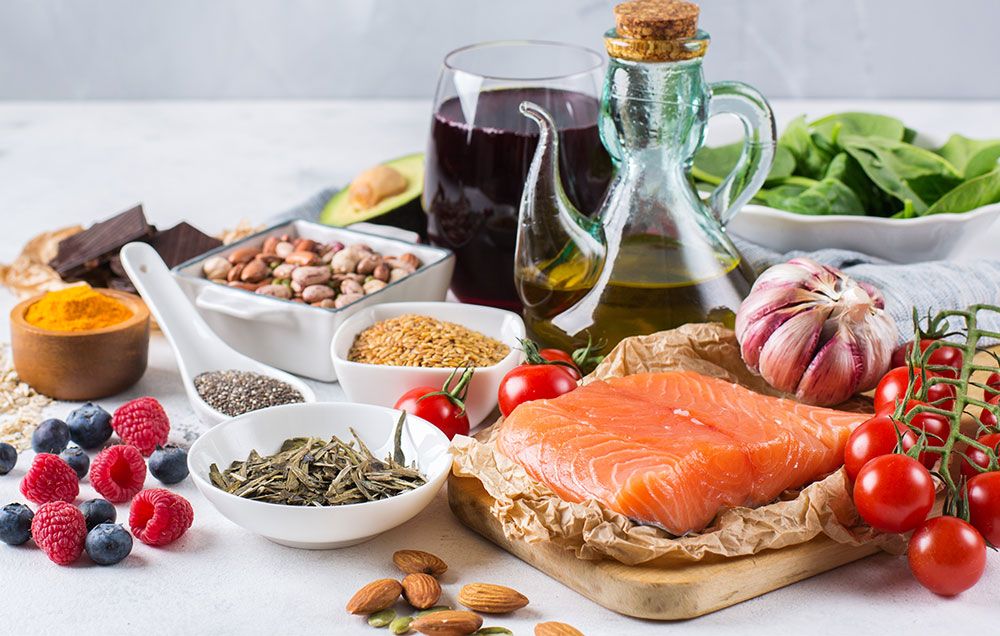
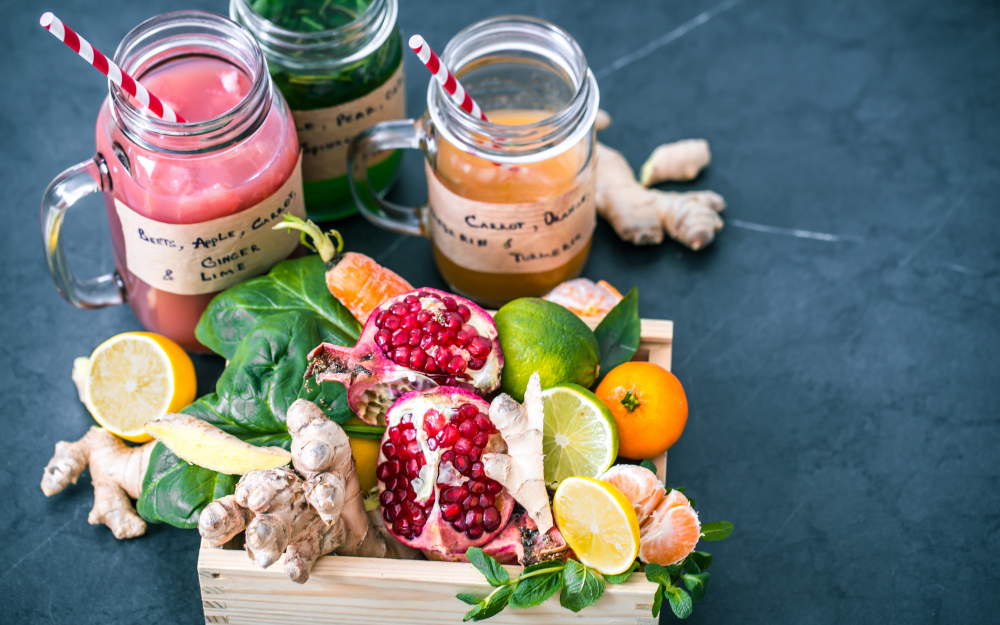
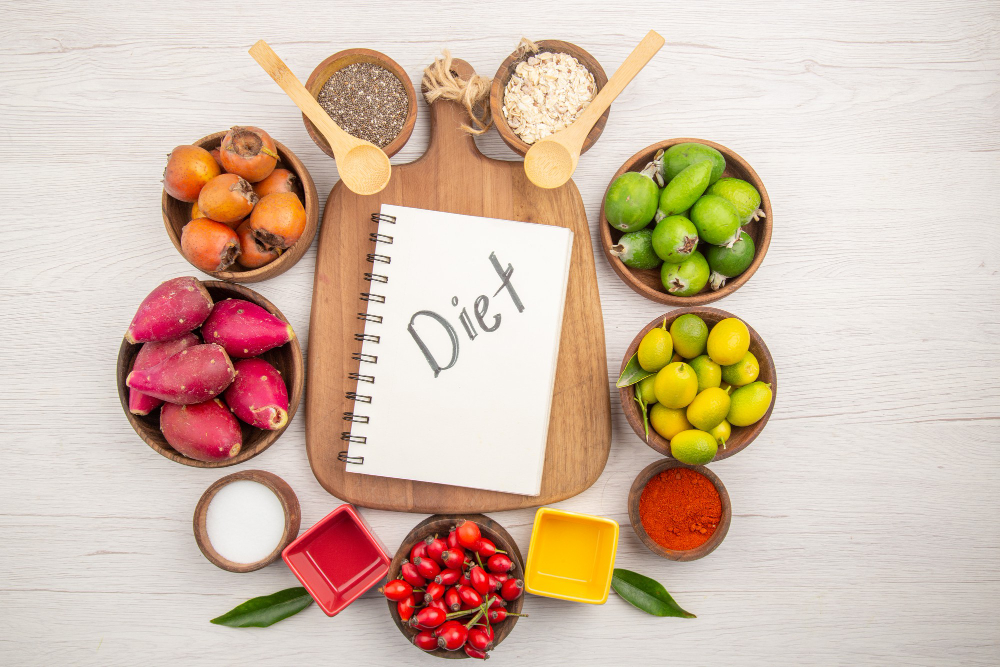
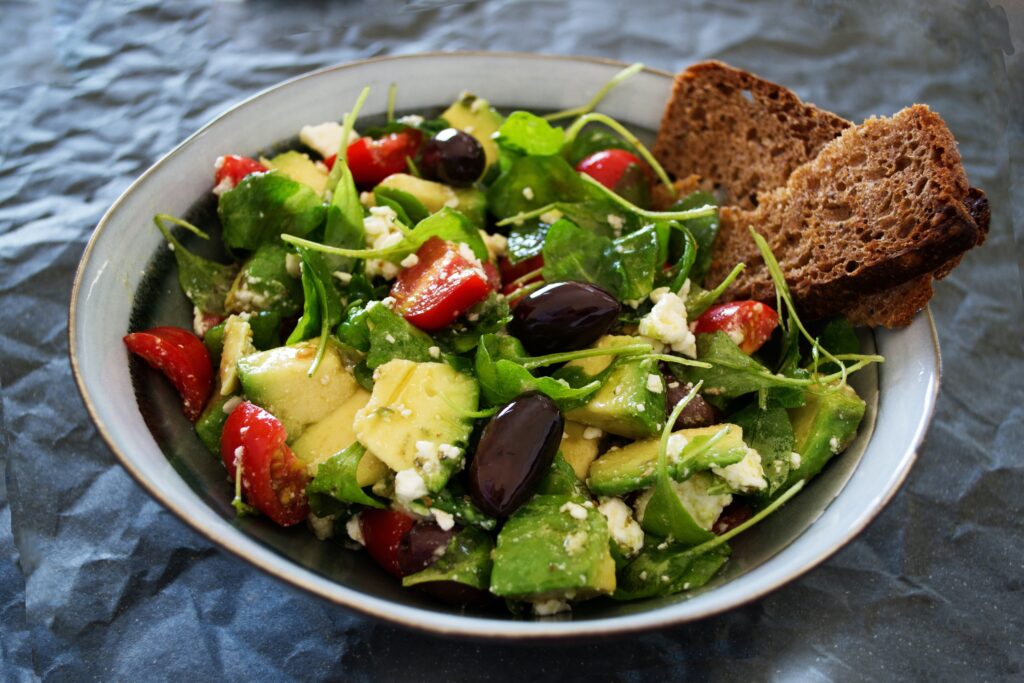
FAQs
Q: Is the Candida diet suitable for everyone?
A: The Candida diet is not recommended for everyone. It is best suited for individuals diagnosed with Candida overgrowth or those experiencing associated symptoms.
Q: How long should I follow the Candida diet?
A: The duration of the Candida diet may vary from person to person. Some may follow it for a few weeks, while others may need to continue for several months. A doctor can advise based on needs.
Q: Can I still enjoy desserts on the Candida diet?
A: While traditional sugary desserts are not allowed, there are alternative dessert recipes that use natural sweeteners like stevia or monk fruit.
Q: Can the Candida diet cause “die-off” symptoms?
A: Some people may experience “die-off” symptoms such as headaches, fatigue, or flu-like symptoms as Candida cells are eliminated. These symptoms should subside as the body adjusts to the diet.
Q: Are there any specific probiotics recommended for Candida?
A: Different strains of probiotics may be beneficial for Candida overgrowth. To choose a probiotic, see a doctor.
Conclusion
The Candida diet is specialized to address Candida’s overgrowth and improve gut health. By eliminating foods that promote Candida growth and incorporating gut-friendly options, individuals may experience relief from various symptoms associated with Candida overgrowth. Before starting the diet, it is essential to consult a healthcare professional for personalized guidance.v
